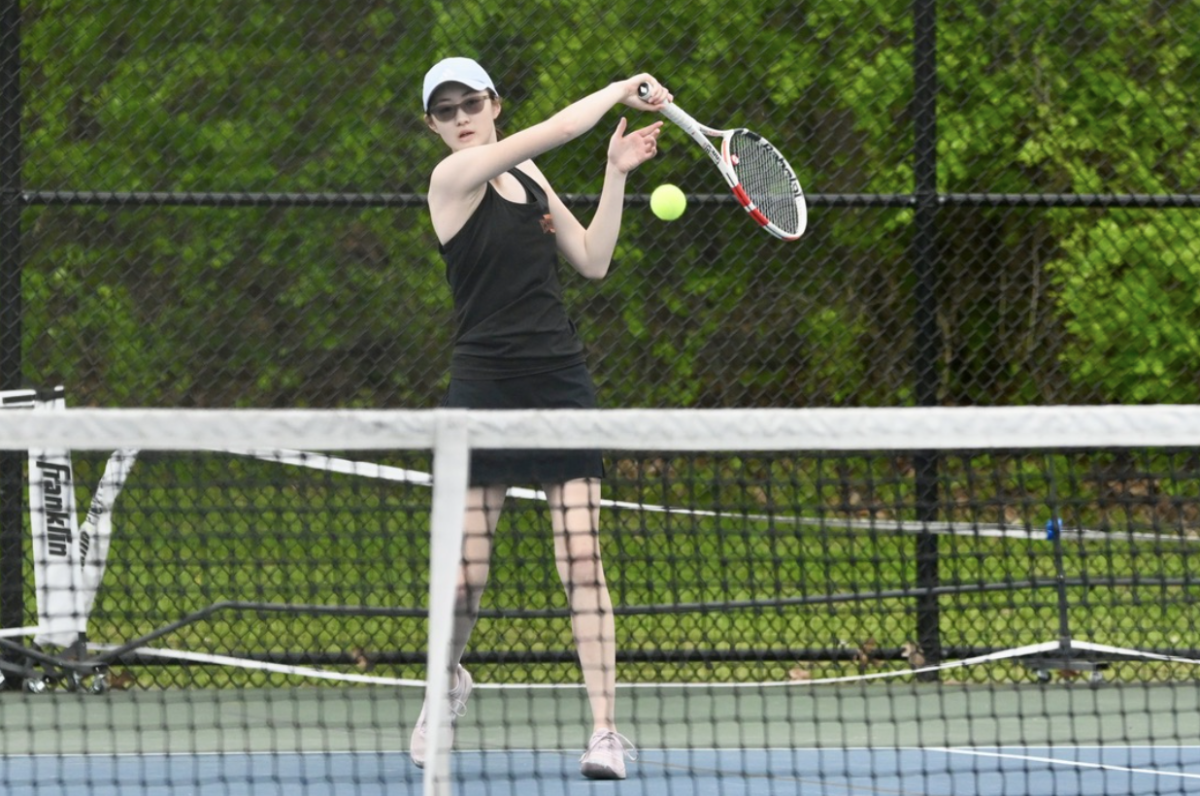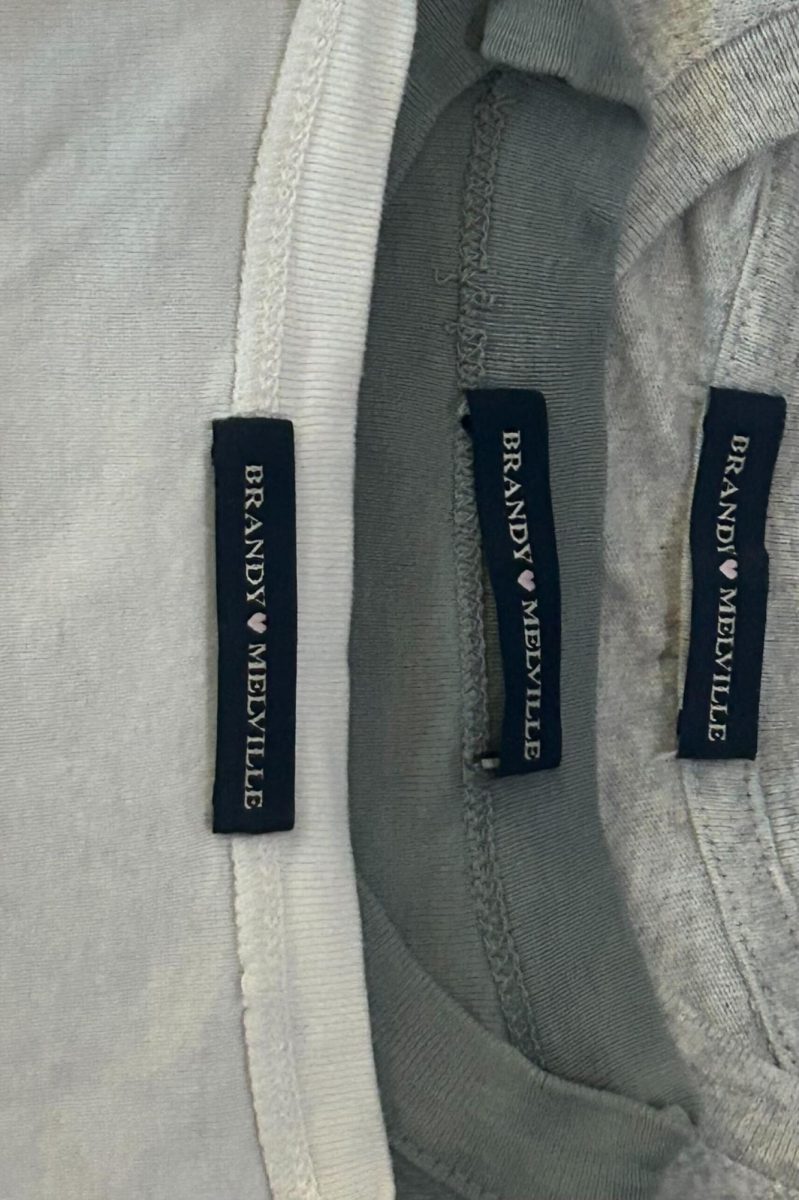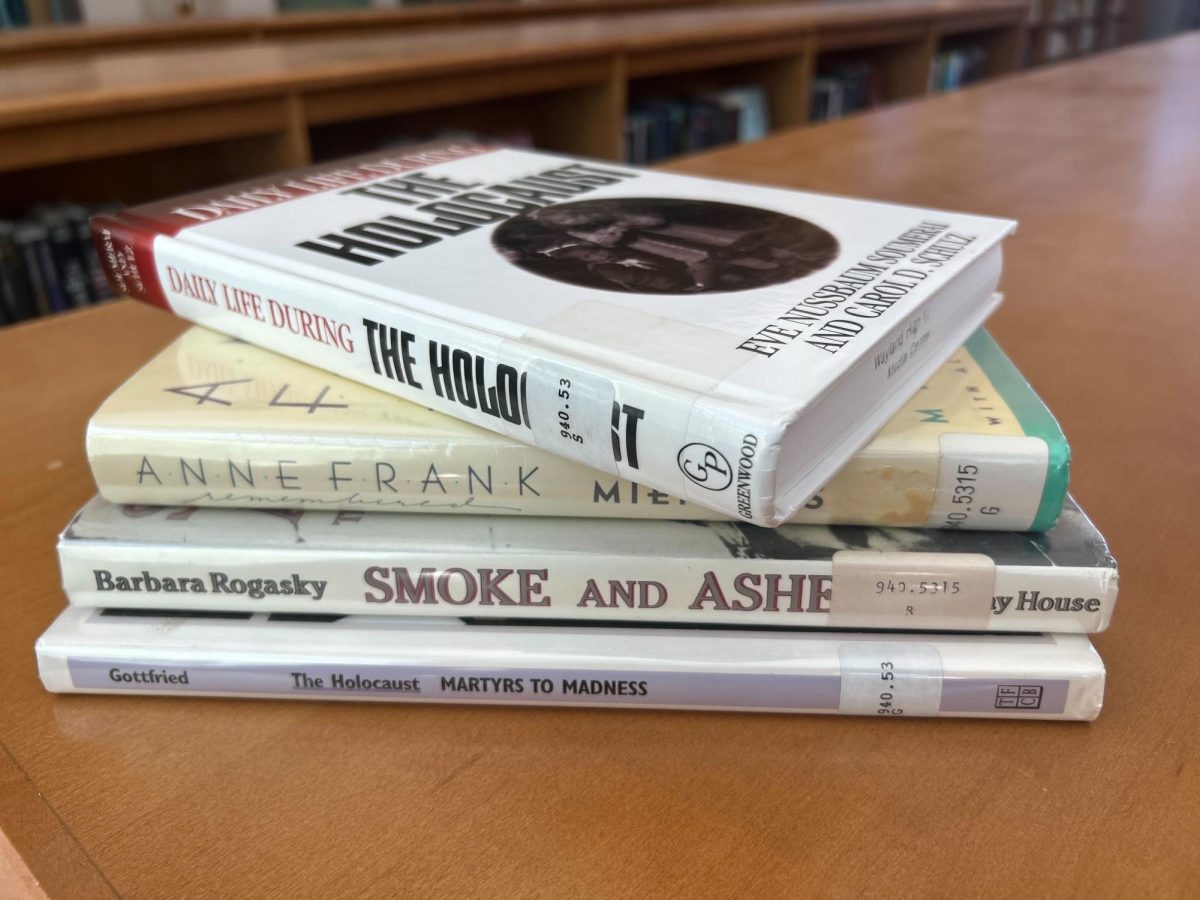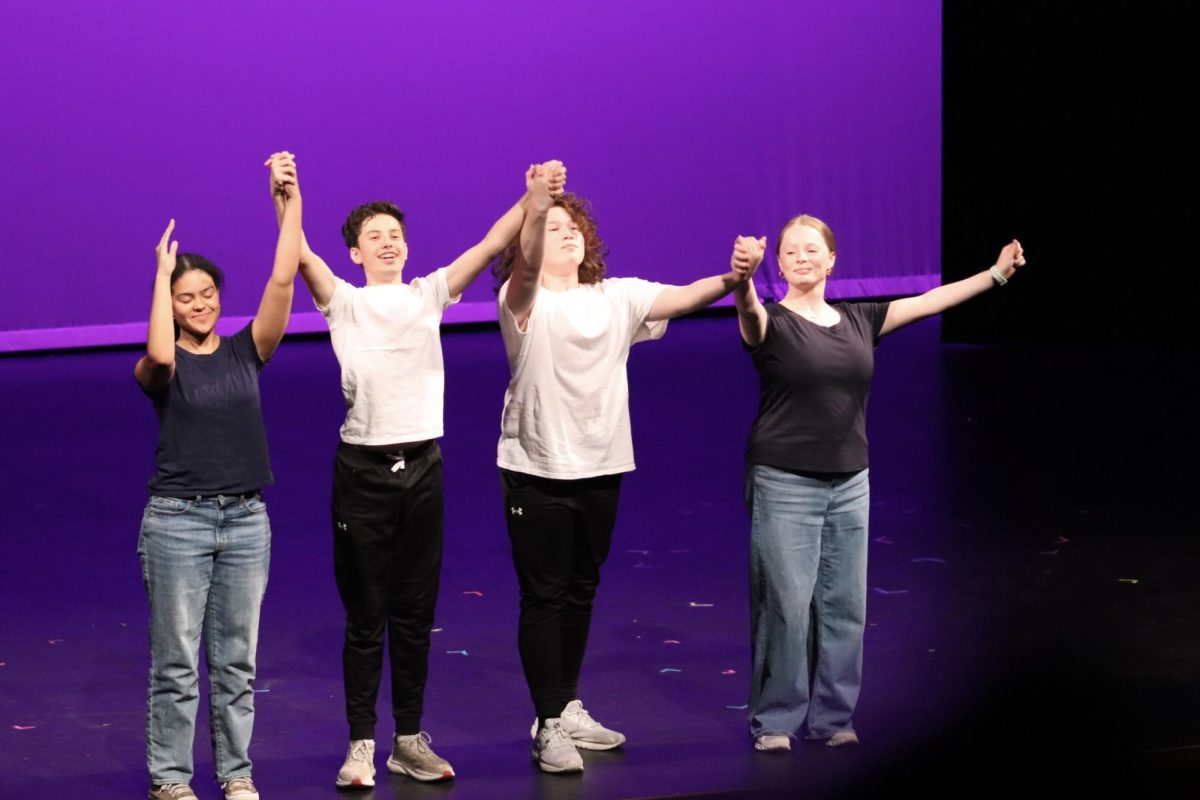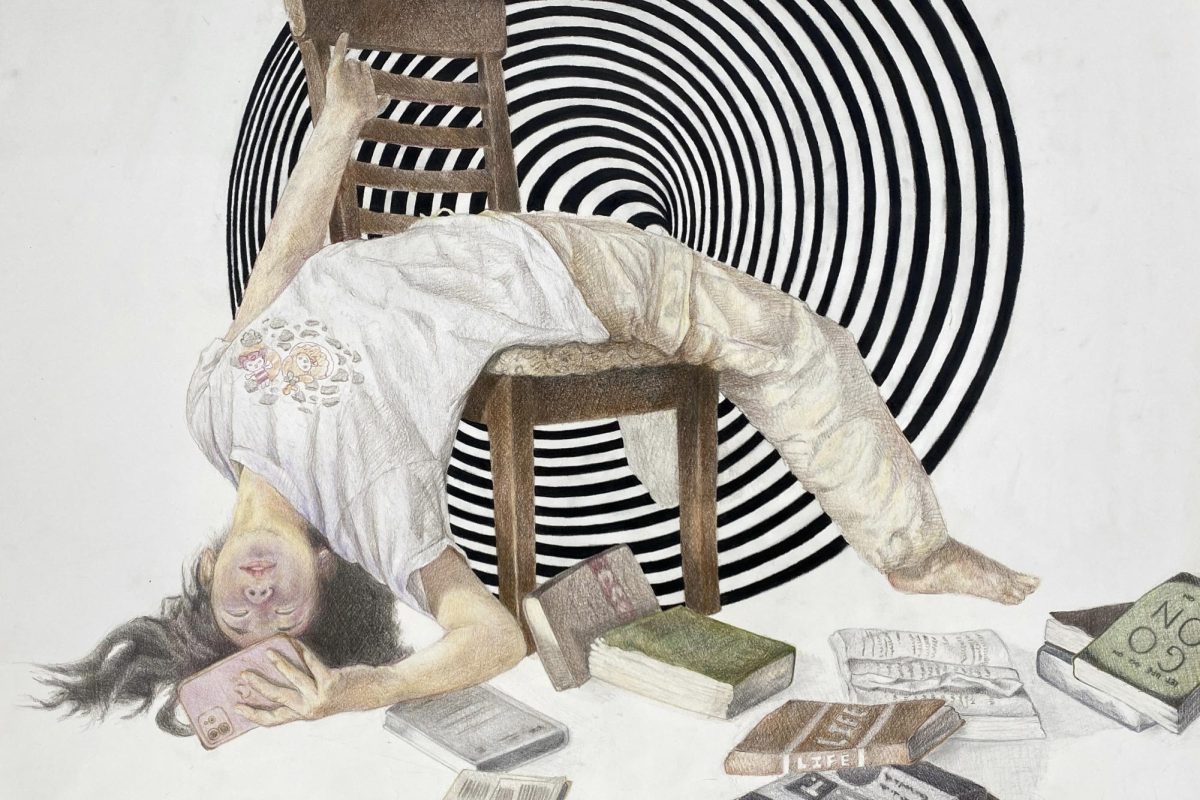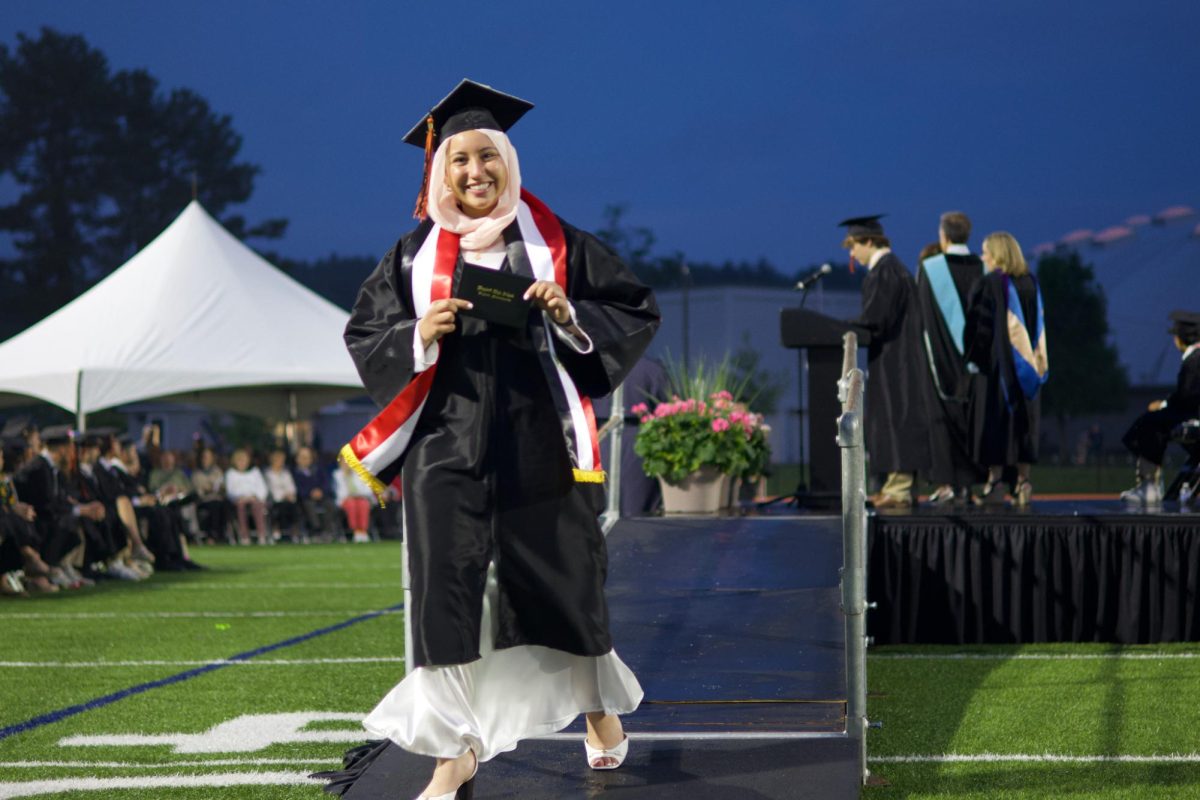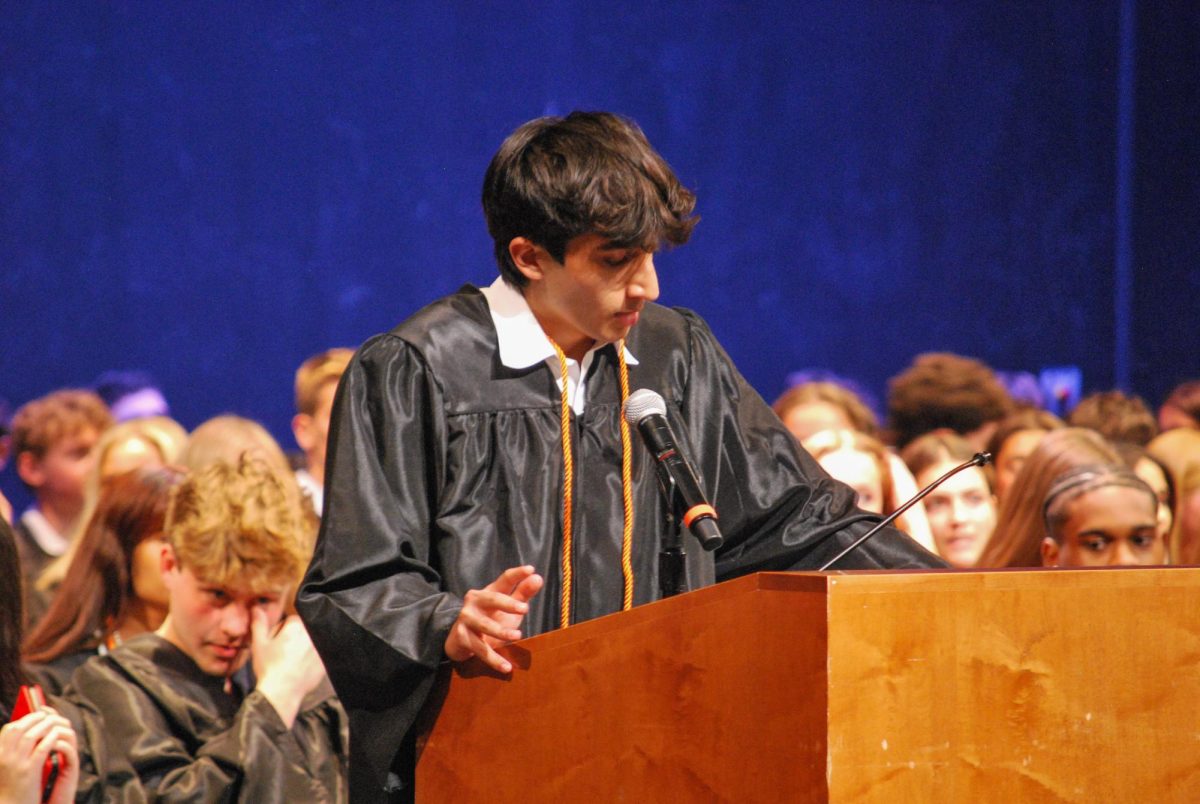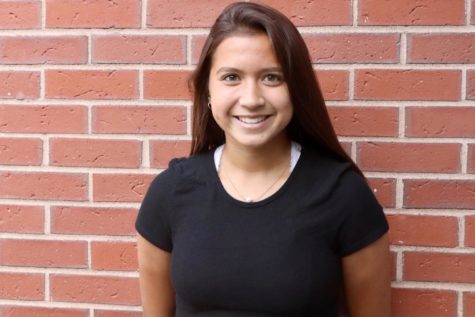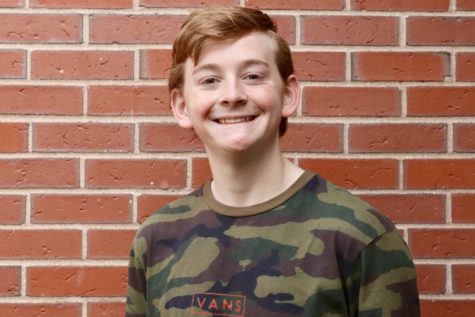Sports injuries: The gruesome risks of being an athlete
Warning: This article contains graphic images.
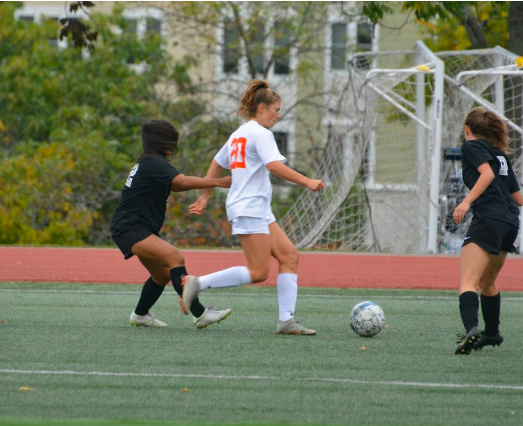
Credit: Courtesy of Kevin Murphy
In her last game before her knee injury, Camphausen dribbles the ball down the field against Cambridge Rindge & Latin. Camphausen was able to pull away with a goal from a 4-0 win. “I’m just really happy about the timing because I did get to play half of my last soccer season and if I could go back to not play soccer and not have torn my ACL, I wouldn’t have done that because I just love soccer so much and I love the team,” Camphausen said.
December 12, 2019
Disclaimer: This article contains graphic images.
Senior Carly Camphausen stands in Wayland’s half of the field, awaiting the throw-in from her teammate. Camphausen, a captain for the Wayland girls varsity soccer team, is trying to win a game against Division II Concord-Carlisle. Sophomore Sophie Ellenbogen takes an exaggerated step forward and rockets the ball onto the field toward Camphausen. Bouncing the ball off her chest and attempting to block off defenders, Camphausen sets the ball at her feet. She attempts to dribble forward, but sharp pain accompanied by a sudden pop shoots through Camphausen’s knee. Suddenly, Camphausen is on the ground, pain palpitating. Camphausen has just torn her right anterior cruciate ligament, better known as the ACL.
Where being an athlete at WHS can come with its advantages, playing a sport always comes with the risk of injury. While a sprain or broken bone may only keep athletes away from the field for a couple of months or fewer, a torn ACL like Camphausen suffered is nothing easy and requires a long recovery process.
The ACL is a ligament that connects the femur to the tibia. Although the ACL aids in stabilizing the knee, sudden stops can result in athletes tearing the ligament and effectively ending their season.
“First, they go to the doctor [and] get it diagnosed,” Wayland athletic trainer Chris Morash said. “Usually, they’ll see primary care, [and] primary care will send them to Orthopedic. Orthopedic takes a look at it [and] takes an MRI. The MRI confirms the diagnosis of a torn ACL. From there, they’ll do rehab prior to surgery. Surgery, rehab, return to play.”
Despite the slim chances of this injury, the 2019 fall sports season for Wayland athletics has resulted in multiple torn ACLs, an unusual increase from years prior.
“They are very uncommon up to this year,” Morash said. “Usually one per season.”
Along with Camphausen, senior football player and wrestler George Natsis tore his ACL this fall. Unlike Camphausen, this is Natsis’ second time experiencing this injury during his high school sports career.
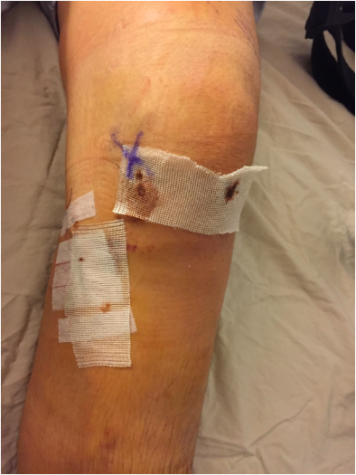
Senior George Natsis has been through the torn ACL process multiple times, including surgery on both his right and left knees. “Freshman year, [my ACL tear] was non-contact,” Natsis said. “I just kinda took a weird cut on it. For senior year, I just kind of got tackled on my knee joint.”
Aside from the immediate pain that a torn ACL brings, there is a long and painful rehab process that an athlete needs to endure in order to return to the field. After surgery, athletes are in rehabilitation for six to eight months, nursing their ailing ACL with crutches and physical therapy.
“It’s definitely impacted my sports career a lot,” Camphausen said. “I’ve never really been out of sports ever, but it set me back. The recovery time is six to eight months, so I had to miss the second half of my soccer season, the first half of my lacrosse season and I won’t be 100% for an entire year, so it’s definitely had an impact on my senior year of sports.”
Even after the six to eight months of recovery, coming back to a sport after a torn ACL can be very risky and dangerous. For athletes who are hoping to return, they are given a brace that helps them with the drastic transition.
“There was a point where I just wanted to play and I didn’t really care what happened,” sophomore Kylie Byrne said. Byrne also suffered an ACL injury. “But now that I have my brace, I am not scared to play, but it’s more comfortable that I have a brace now, and it is kind of scary just because you’d have to go through the whole process again, which would really just suck, but with the brace, it feels better.”
In addition to the physical aspect of an ACL injury, there’s a mental aspect that plays an important role in order to recover from such a debilitating injury.
“I don’t really think there’s a real trick to it – you just take it as it goes,” Natsis said. “There were some people who have their trick. For me, there’s no real trick. It’s gonna suck, and you can’t really change that, so you just go day-by-day the best that you can and just keep moving.”
“I’m definitely a really mental person when it comes to working out and being a part of sports,” Camphausen said. “It’s definitely been hard being patient with the whole process and realizing that I have a long way to go and that I have to be mentally okay with not doing anything.”
While these injured athletes may not be able to play in their sports, it doesn’t stop them from participating and being a part of the team. Instead of playing soccer in the fall, Byrne made the alternative decision of becoming the team manager for girls varsity soccer to pass the time.
“I didn’t play a sport at all in the spring and this fall. I’ve been managing the varsity team and trying to start slowly playing again,” Byrne said. “I tried to be a part of the team by doing as much as I can to participate.”
Whether or not you’re playing, being on the team can be better than quitting. Even when Natsis isn’t practicing or playing in his football games, he continues to support his team on the sideline and receive constant encouragement from his peers.
“A lot of the teams that I’m on still do that nice little thing where they say, ‘We still consider you part of the team,’ [and it’s] super nice to still be a part of something,” Natsis said. “You’re not necessarily contributing in the best way, so it’s nice to know you still have that family you can go back to. It doesn’t really feel the same. I guess you could say I’m [technically] still a student-athlete, but at the same time, it doesn’t really feel like it.”
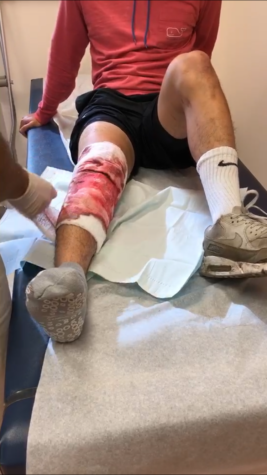
For Camphausen, there was an immediate concern that her torn ACL could jeopardize her commitment to Brown University to play lacrosse next year. Luckily for Camphausen, however, the timing of the injury will not mess with her ability to play for the Bears.
“My sports career at Brown isn’t really affected because a year after my surgery is when I’ll be a 100%,” Camphausen said. “When I talked to my coach about it, she said that because I’ll be going through so much rehab, I will probably come in stronger than most people, so there’s definitely a benefit to that. So, it’s not going to really affect my sports career in college.”
Natsis has not found as much luck as Camphausen. For Natsis, who has endured three surgeries over the course of five injuries including both of his ACLs being torn, playing college sports is no longer an option.
“I was considering playing sports in college, but that’s gone now because I’m fragile, I guess,” Natsis said.
One aspect of the injury recovery process at WHS is the support systems available to recovering athletes. Morash, as the trainer who deals with injuries across all sports, is hailed as a good resource for injured student athletes. However, aside from Morash, some feel as if there is a lack of support at WHS for sports injuries.
“Chris, the trainer, is a pretty good one,” Natsis said. “I’m gonna be honest, there’s not a lot of real support systems, which is why it kind of sucks being injured. There’s nothing really you can do about it. Just get some people in your life that can help you get through it: that’s always the best thing.”
Morash shares Natsis’ view on a lack of systemic support.
“They can come in here as often as they want, but there’s no real support systems,” Morash said. “There’s an overload of athletes in here. In an ideal situation, we’d have more support, but we don’t have the staff to do [that] here.”
All in all, despite the pain of a torn ACL, the taxing rehab process and the many hours on the sidelines, many student-athletes have no regrets playing their sports and would not trade their experiences for anything.
“[I have] not one regret,” Natsis said. “The experiences that I got from playing the sports go way beyond what resulted from it. I valued the experiences I had playing the sports, all the memories I made [and] the friends I made, too. I wouldn’t trade that for anything.”
Camphausen agrees, stating that she would not have traded soccer for a healthier body.
“If I could go back to not play soccer and not have torn my ACL, I wouldn’t have done that because I just love soccer so much, and I love the team,” Camphausen said. “My recommendation is to be as positive as you can just because it makes an injury so much more miserable if you have a negative attitude towards it. Also, [I advise] to just take it day-by-day and to [not] dwell on it as much.”

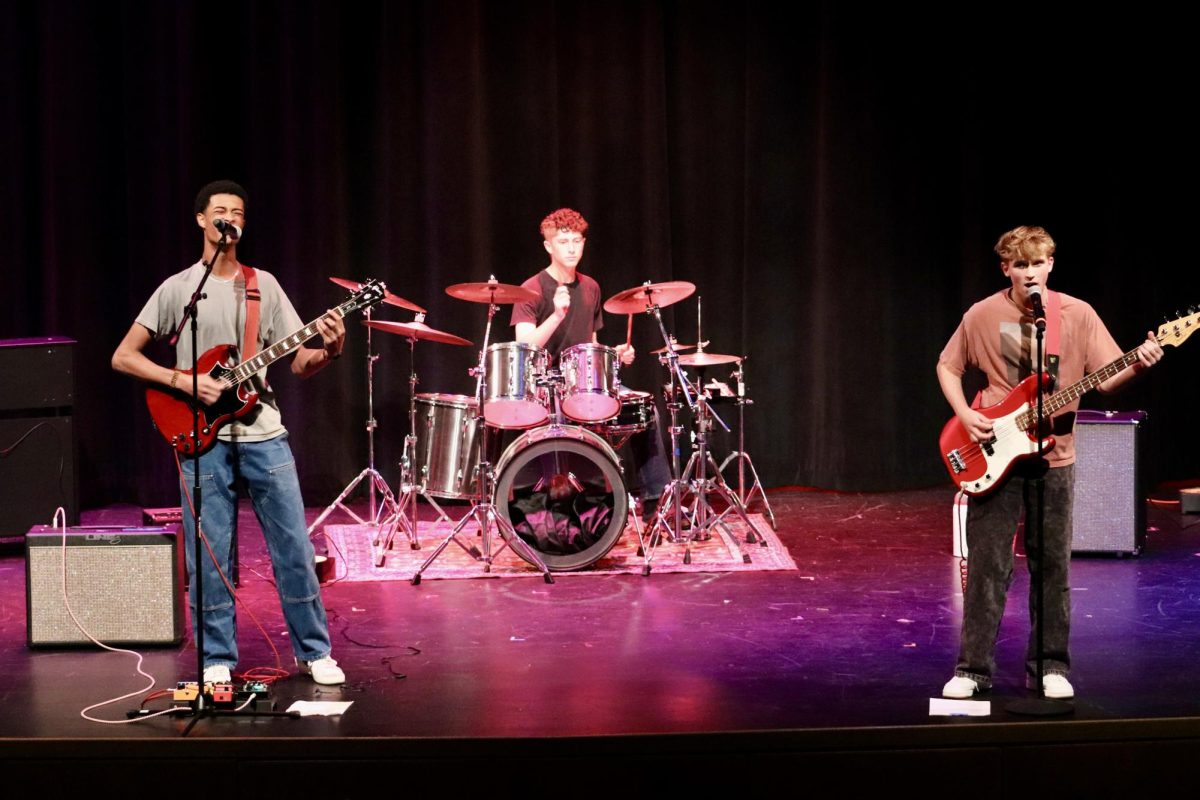



![Last Wednesday, the Wayland School Committee gathered to discuss a number of topics regarding the health curriculum and Innovation Career Pathway course. Another large topic of conversation was the ways to potentially mitigate distracting cell phone usage. "These [phones] are going to distract your learning and social relationships," Superintendent David Fleishman said. "That's concrete right there."](https://waylandstudentpress.com/wp-content/uploads/2025/06/Screenshot-2025-06-04-at-9.49.31 PM-1200x886.png)





